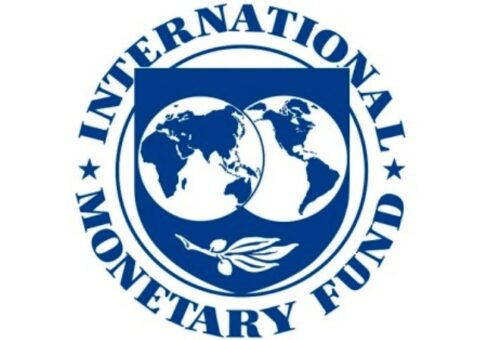Karachi, May 10, 2024 – The International Monetary Fund (IMF) on Friday issued a warning that Pakistan faces “exceptionally high” downside risks to its economic stability.
This outlook arrives as the new Pakistani government pledges to uphold the policies of the Stand By Arrangement (SBA), yet grapples with significant political turbulence.
The IMF’s latest country report highlights concerns that escalating social unrest, spurred by the complex political environment and the escalating cost of living, may severely impact the government’s ability to implement policies and reforms effectively. This situation is complicated further by the possibility of policy slippages and a reduction in external financial support, which are essential for maintaining debt sustainability and stabilizing the national currency.
“Delays in external financing, especially post-program disbursements, could push local banks into a tighter position, having to finance the government more, which would squeeze out private sector funding,” the report stated, pointing to a potential crowding-out effect that could stifle economic growth.
The IMF also pointed to external threats such as geopolitical tensions that could lead to higher commodity prices and disruptions in shipping, or a tightening of global financial conditions, all of which could further destabilize Pakistan’s external economic stability.
On the inflation front, while the IMF noted that inflation trends are broadly aligned with their earlier predictions, food inflation has decreased more slowly than expected. Consequently, the forecast for year-end inflation for fiscal years 2024 and 2025 has been modestly increased.
Regarding the Balance of Payments, the IMF projects a current account deficit (CAD) of US$3.0 billion for FY24, equivalent to 0.8 percent of GDP. This projection is somewhat more favorable than previous estimates, thanks in part to a slower rebound in imports due to positive changes in commodity prices and a significant reduction in food and cotton imports, bolstered by a domestic agricultural recovery. Exports are also expected to be slightly higher than initially predicted. Looking ahead, the CAD is expected to stabilize at around 1.5 percent of GDP over the medium term, supported by a flexible exchange rate and efforts to rebuild reserves.
The public debt situation appears cautiously optimistic for the end of FY24, with the debt-to-GDP ratio projected to decrease significantly, driven by fiscal consolidation and negative real interest rates. However, the IMF warns that risks to debt sustainability persist, underscored by large gross financing needs and ongoing difficulties in securing external financing. “If program policies are maintained and supported by adequate financial backing from multilateral and bilateral partners, public debt could remain sustainable and follow a downward trajectory,” the report concludes.
The economic outlook for Pakistan, therefore, hinges heavily on the government’s ability to maintain stability, pursue effective reforms, and secure necessary external financing in a challenging global and domestic environment.
